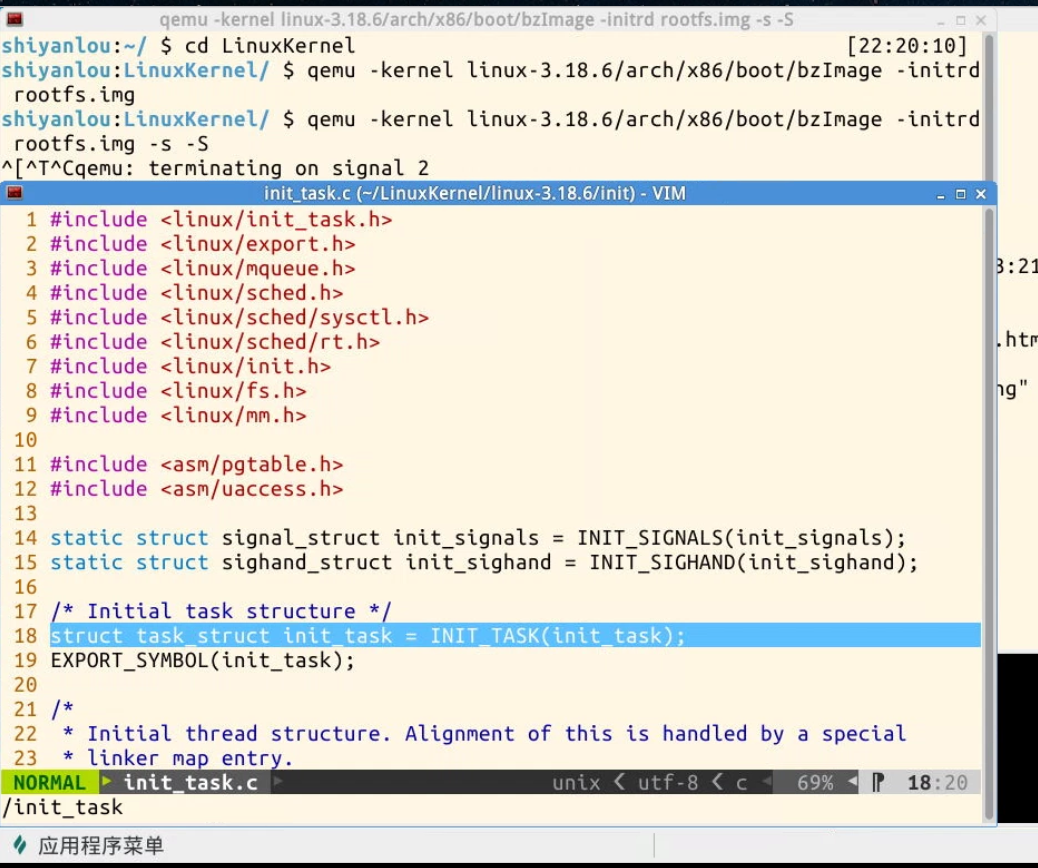

Besides Mason at Oracle, Miao Xie at Fujitsu contributed performance improvements. In July 2011, Btrfs automatic defragmentation and scrubbing features were merged into version 3.0 of the Linux kernel mainline. Several Linux distributions began offering Btrfs as an experimental choice of root file system during installation. ītrfs 1.0, with finalized on-disk format, was originally slated for a late-2008 release, and was finally accepted into the Linux kernel mainline in 2009. Btrfs also has "a number of the same design ideas that reiser3/ 4 had".

Ts'o said that Btrfs is the better direction because "it offers improvements in scalability, reliability, and ease of management". In 2008, the principal developer of the ext3 and ext4 file systems, Theodore Ts'o, stated that although ext4 has improved features, it is not a major advance it uses old technology and is a stop-gap. Chris Mason, an engineer working on ReiserFS for SUSE at the time, joined Oracle later that year and began work on a new file system based on these B-trees. The core data structure of Btrfs-the copy-on-write B-tree-was originally proposed by IBM researcher Ohad Rodeh at a presentation at USENIX 2007. Screenshot of usage information of a Btrfs filesystem Scaling is not just about addressing the storage but also means being able to administer and to manage it with a clean interface that lets people see what's being used and makes it more reliable". Chris Mason, the principal Btrfs author, stated that its goal was "to let scale for the storage that will be available. ītrfs is intended to address the lack of pooling, snapshots, checksums, and integral multi-device spanning in Linux file systems. According to Oracle, Btrfs "is not a true acronym". It was initially designed at Oracle Corporation in 2007 for use in Linux, and since November 2013, the file system's on-disk format has been declared stable in the Linux kernel. Yes ( zlib, LZO and (since 4.14) ZSTD )ītrfs (pronounced as "better F S", "butter F S", "b-tree F S", or simply by spelling it out) is a computer storage format that combines a file system based on the copy-on-write (COW) principle with a logical volume manager (not to be confused with Linux's LVM), developed together. Linux kernel 2.6.29, March 2009 12 years ago ( 2009-03)Ģ55 ASCII characters (fewer for multibyte character encodings such as Unicode)Ĭreation (otime), modification (mtime), attribute modification (ctime), and access (atime)

Not to be confused with the BitTorrent file system BTFS.įacebook, Fujitsu, Fusion-IO, Intel, Linux Foundation, Netgear, Oracle Corporation, Red Hat, STRATO AG, and openSUSE


 0 kommentar(er)
0 kommentar(er)
